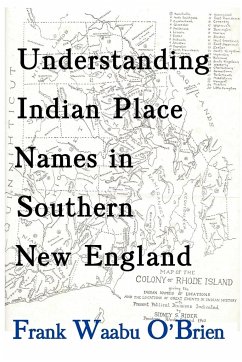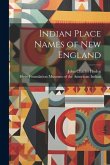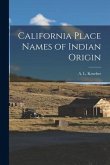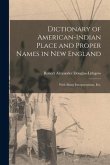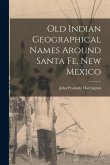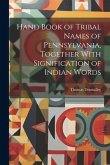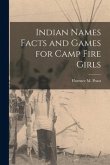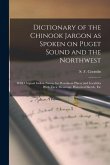In New England, American Indian people have left their ancient footprints in many of the current names for mountains, rivers, lakes, animals, fish, cities, towns, and byways. The first English settlers, who put most of the American Indian words on the map, borrowed names from local tribes. In the process, they often misheard, mispronounced, or misreported what they heard - that is how the place Wequapaugset was given as Boxet or how Musquompskut became Swampscott. In many cases the Indian terms have changed so much over time that linguists are unable to recognize the original spelling and meaning. Others have tried their hand at translations, and have come up with fanciful interpretations that are incorrect, but that have stood the test of time. On the East Coast, the Native cultures and their Algonquian tongues had long faded before most scholarly studies began, so a great many translations of place names often represent a scholar's best guess. In this landmark volume, Dr. Frank Waabu O'Brien of the Aquidneck Indian Council, provides the first indigenous method and process for interpreting regional American Indian place names. Included is a dictionary of the most common misspellings, along with numerous examples of the Indian place names for Rhode Island, Massachusetts, and Connecticut. Based on years of research, Understanding Indian Place Names is a landmark publication.
Hinweis: Dieser Artikel kann nur an eine deutsche Lieferadresse ausgeliefert werden.
Hinweis: Dieser Artikel kann nur an eine deutsche Lieferadresse ausgeliefert werden.
